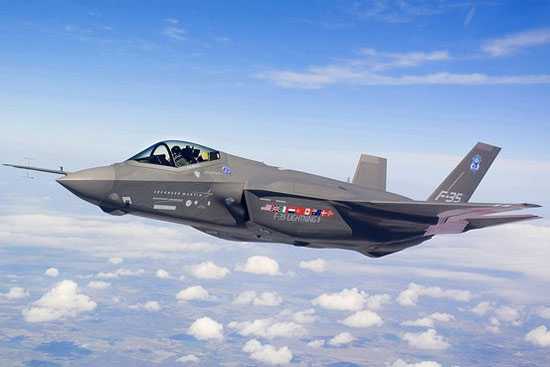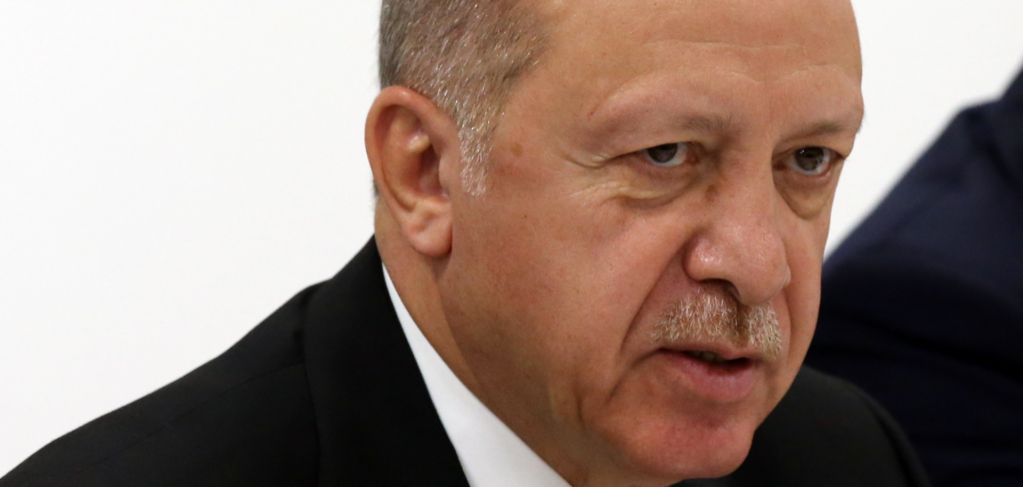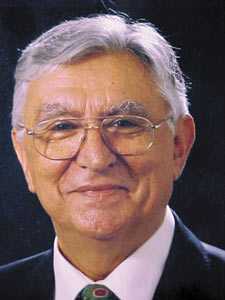The Darwin’s are O ut for 2019 . . . . . . . . . . Oh dear!!!!!
Yes, it’s that magical time of year again when the Darwin Awards for news stories are bestowed, honoring the least evolved among us.
Here is the glorious winner:
1. When his 38 calibre revolver failed to fire at his intended victim during a hold-up in Long Beach, California would-be robber James Elliot did something that can only inspire wonder. He peered down the barrel and tried the trigger again. This time it worked.
And now, the honorable mentions:
- The chef at a hotel in Switzerland lost a finger in a meat cutting machine and after a little shopping around, submitted a claim to his insurance company. The company expecting negligence sent out one of its men to have a look for himself. He tried the machine and he also lost a finger.. The chef’s claim was approved.
-
A man who shoveled snow for an hour to clear a space for his car during a blizzard in Chicago returned with his vehicle to find a woman had taken the space. “Understandably“, he shot her.
-
After stopping for drinks at an illegal bar, a Zimbabwean bus driver found that the 20 mental patients he was supposed to be transporting from Harare to Bulawayo had escaped. Not wanting to admit his incompetence, the driver went to a nearby bus stop and offered everyone waiting there a free ride. He then delivered the passengers to the mental hospital, telling the staff that the patients were very excitable and prone to bizarre fantasies… The deception wasn’t discovered for 3 days.
-
An American teenager was in the hospital recovering from serious head wounds received from an oncoming train.. When asked how he received the injuries, the lad told police that he was simply trying to see how close he could get his head to a moving train before he was hit.
-
A man walked into a Louisiana Circle-K, put a $20 bill on the counter, and asked for change. When the clerk opened the cash drawer, the man pulled a gun and asked for all the cash in the register, which the clerk promptly provided. The man took the cash from the clerk and fled, leaving the $20 bill on the counter. The total amount of cash he got from the drawer… $15. If someone points a gun at you and gives you money, is a crime committed?
-
Seems an Arkansas guy wanted some beer pretty badly. He decided that he’d just throw a cinder block through a liquor store window, grab some booze, and run. So he lifted the cinder block and heaved it over his head at the window. The cinder block bounced back and hit the would-be thief on the head, knocking him unconscious. The liquor store window was made of Plexiglas. The whole event was caught on videotape…
-
As a female shopper exited a New York convenience store, a man grabbed her purse and ran. The clerk called 911 immediately, and the woman was able to give them a detailed description of the snatcher. Within minutes, the police apprehended the snatcher. They put him in the car and drove back to the store The thief was then taken out of the car and told to stand there for a positive ID. To which he replied, “Yes, officer, that’s her. That’s the lady I stole the purse from.”
-
The Ann Arbor News crime column reported that a man walked into a Burger King in Ypsilanti, Michigan at 5 A.M., flashed a gun, and demanded cash. The clerk turned him down because he said he couldn’t open the cash register without a food order. When the man ordered onion rings, the clerk said they weren’t available for breakfast…. The man, frustrated, walked away. *A 5-STAR STUPIDITY AWARD WINNER !
-
When a man attempted to siphon gasoline from a motor home parked on a Seattle street by sucking on a hose, he got much more than he bargained for… Police arrived at the scene to find a very sick man curled up next to a motor home near spilled sewage. A police spokesman said that the man admitted to trying to steal gasoline, but he plugged his siphon hose into the motor home’s sewage tank by mistake. The owner of the vehicle declined to press charges saying that it was the best laugh he’d ever had.
In the interest of bettering mankind, please share these with friends and family….unless of course one of these individuals by chance is a distant relative or long lost friend. In that case, be glad they are distant and hope they remain lost.
✅ Remember… They walk among us, they can reproduce… AND THEY CAN VOTE! Some of the above should qualify but have failed in this important respect: to qualify for a Darwin Award one must remove oneself permanently from the gene pool.
















